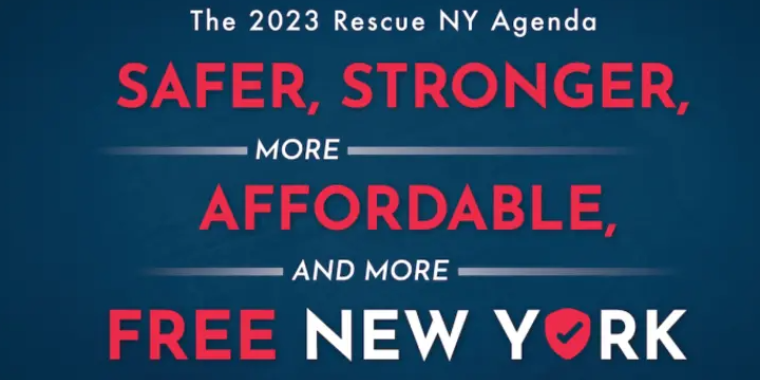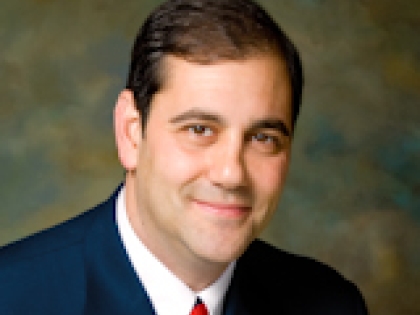
Senator Lanza's ISTOP law will help fight prescription drug addiction & abuse
Andrew J Lanza
August 27, 2012
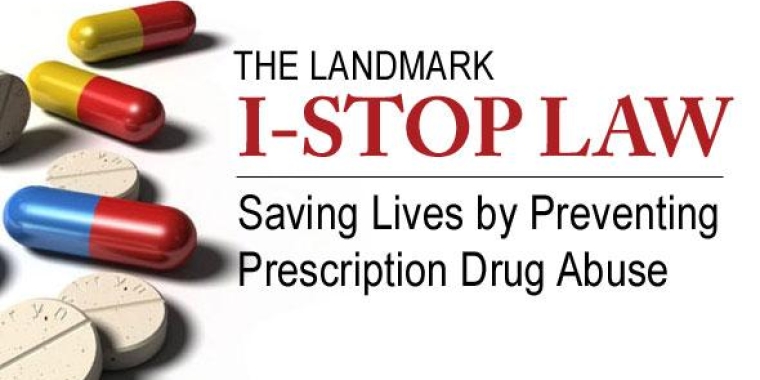
GOVERNOR CUOMO SIGNS LANDMARK LANZA-CUSICK LEGISLATION TO HELP NEW YORK STATE FIGHT PRESCRIPTION DRUG ABUSE
Governor Andrew M. Cuomo today signed legislation, authored by Senator Andrew Lanza and Assemblyman Mike Cusick, that will help make New York state a leader in fighting prescription drug abuse.
The new law includes a series of provisions to overhaul the way prescription drugs are distributed and tracked in New York State, including enacting a "real time" prescription monitoring registry to provide timely and enhanced information to practitioners and pharmacists; requiring all prescriptions to be electronically transmitted; improving safeguards for the distribution of specific prescription drugs that are prone to abuse; charging a workgroup of stakeholders with the responsibility to help guide the development of medical education courses and other public awareness measures regarding pain management and prescription drugs; and requiring the Department of Health to establish a safe disposal program for unused medications.
Senator Andrew Lanza said, "Governor Cuomo’s signature on this landmark legislation means that the State of New York has now taken the lead in turning back the prescription drug abuse epidemic which has ravaged families from one end of New York to the other. Doctors and pharmacists will now have the tools necessary to help Staten Islanders avoid falling prey to prescription drug abuse and to help those under its influence. This historic legislation will hopefully serve as the model for other states in order to address what has become a national epidemic. I wholeheartedly thank and commend Governor Cuomo, and Attorney General Schneiderman, Assemblyman Cusick and Senator Hannon for their leadership on this life and death issue."
Assembly Member Michael Cusick said, "I am pleased the Governor signed this landmark legislation today. I-STOP is the result of an effort I started two years ago to eradicate prescription drug abuse and implement important reforms to address the growing epidemic. This truly was a culmination of hard work and team effort with Senator Lanza, Attorney General Schneiderman and the Governor resulting in a law that provides appropriate controls to restrict access of abusers and ensure those who profit from the abuse face the necessary consequences. The toll this fast-growing drug abuse problem has taken on our communities is devastating and I-STOP will not only save lives, it will be an asset to our law enforcement agencies in deterring crime."
"Too many families in New York State have suffered the loss of a teenager or youth as a result of prescription drug abuse," Governor Cuomo said. "With this new law, New York State is tackling this problem head-on, and giving law enforcement and medical professionals the tools they need to stop abuse before it occurs and crack down on offenders. I thank Attorney General Schneiderman, Majority Leader Skelos, and Speaker Silver for their efforts in helping put together this legislation that will assist the state in our fight against prescription drug abuse."
Illicit use of prescription medicine has become one of the nation’s fastest-growing drug problems. According to the federal Centers for Disease Control and Prevention (CDC), nearly 15,000 people die every year of overdoses due to prescription painkillers. In 2010, 1 in 20 people in the United States over the age of 11 reported using prescription painkillers for nonmedical reasons in the past year. During the period 1999 through 2008, overdose death rates, sales, and substance abuse treatment admissions related to prescription painkillers all increased substantially. Sales of opioid painkillers quadrupled between 1999 and 2010. Enough opioid painkillers were prescribed in 2010 to medicate every American adult with 5mg of hydrocodone every four hours for a month. Moreover, an estimated 70 percent of people who abuse prescription painkillers obtained them from friends or relatives who originally received the medication from a prescription. The problem is of particular concern with respect to young adults and teens.
Known as the Internet System For Tracking Over-Prescribing Act, or I-Stop, this landmark legislation includes the following provisions:
Creating a New and Updated Prescription Monitoring Program (I-STOP)
The new law requires the Department of Health (DOH)’s to update and modernize the Prescription Monitoring program (PMP) Registry to make it one of the best systems in the nation to monitor prescription drug abuse and to help the medical community provide better care. The new system will substantially decrease opportunities for "doctor shoppers" to illegally obtain prescriptions from multiple practitioners. The legislation requires enhancement and modernization of DOH’s secure prescription monitoring program registry, which will include information about dispensed controlled substances reported by pharmacies on a "real time" basis, to effectively stop doctor shopping and combat the circulation of illegally-obtained prescription drugs.
The PMP Registry will be secure and easily accessible by practitioners and pharmacists, allowing them to view their patients’ controlled substance history. In addition, this legislation strikes the right balance by requiring health care practitioners to consult the PMP Registry before prescribing or dispensing the controlled substances that are most prone to abuse and diversion, while exempting practitioners from consulting in specific situations in order to protect patient access to needed medications. Moreover, pharmacists, for the first time, will now be able to consult the PMP Registry before dispensing a controlled substance.
Mandating Electronic Prescribing of Controlled Substances
The new law will make New York a national leader by being one of the first states to move from paper prescriptions to a system mandating the electronic prescribing (e-prescribing) for all controlled substances with limited exceptions. E-prescribing is critical to help to eliminate diversion that results from the alteration, forgery, or theft of prescription paper.
In addition, electronic prescribing enhances patient care by minimizing medication errors due to misinterpretations of handwriting on written prescriptions. It is estimated that 20 percent of the approximately 7,000 annual deaths caused by medication errors are attributable to misinterpretations of written prescriptions. Moreover, medication errors are estimated to cost the nation’s health care system over $70 billion each year. In New York, adverse drug events due to errors in written and oral prescriptions carry an annual cost to the health care system of approximately $130 million.
E-prescribing will also improve the efficiency of practitioners and pharmacies. Approximately 30 percent of prescriptions require pharmacists to call physicians due to poor handwriting on prescription forms. Additionally, e-prescribing is also more convenient for consumers, who would otherwise need to either wait at the pharmacy for a prescription to be filled, or make separate trips to drop off the prescription form and then pick up the medication.
E-prescribing of controlled substances will ensure that controlled substance transactions are transmitted in a secure, encrypted fashion to their intended recipient.
Updating the Controlled Substance Schedules to Stop Abuse
of Certain Drugs, While Protecting Patient Access
The new law combats prescription drug abuse by removing hydrocodone from Schedule III and placing it on Schedule II regardless of formulation. Hydrocodone is among the most abused and diverted prescription medications. In New York, last year, over 4.3 million hydrocodone prescriptions were filled — the most in the state. Nationally, eight percent of all high school seniors used hydrocodone for non-medical purpose. In 2009 alone, there were over 86,000 emergency room visits resulting from the non-medical use of hydrocodone.
Placing hydrocodone on Schedule II will control abuse by eliminating automatic refills and, in general, by limiting the amount prescribed or dispensed to a maximum 30-day supply. However, to protect legitimate access for those patients who need these drugs, the bill will not alter a practitioner’s ability under existing regulations to prescribe a supply of up to 90 days if he, or she, indicates on the face of the prescription that the patient has one of several enumerated conditions, including chronic pain.
The new law will also add another drug, tramadol, to Schedule IV. Tramadol is a painkiller and is viewed as a drug of concern by the DEA.
Improving Education and Awareness of Prescribers to Stem the Tide of Prescription Drug Abuse
According to the CDC, a significant percent of abused medications are prescribed to the person that abuses them. This comprehensive legislation recognizes the need for increased education amongst health care providers about the potential for abuse of controlled substances, and the proper balancing of pain management with abuse prevention.
The bill expands the functions of the workgroup to be established by the Department of Health under the existing Prescription Pain Medication Awareness Program, so that the workgroup will be responsible for making recommendations on: (1) continuing education for practitioners and pharmacists on pain management issues; (2) protecting and promoting access by patients with a legitimate need for controlled substances; (3) the implementation of the I-STOP provisions; and (4) inclusion of additional controlled substances in the consultation requirements of I-STOP. To carry out these functions, the Commissioner of Health will include additional stakeholders, including but not limited to consumer advocacy organizations, health care practitioners and providers, pharmacists and pharmacies, and representatives of law enforcement agencies.
Creating a Safe Disposal Program to Safely Dispose of Prescription Drugs
Recognizing that more than 70 percent of the abused prescription medications are obtained from friends or relatives, this legislation requires DOH to institute a program for the safe disposal of unused controlled substances by consumers. Through the program, DOH will work with local police departments to establish secure disposal sites for controlled substances on the premises of police stations. At these sites individuals can voluntarily surrender unwanted and unused controlled substances.
Under previous law, individuals can only safely dispose of controlled substances during an approved take back event or, various methods of self-disposal that are either burdensome or harmful to the environment. Moreover, current federal regulations prohibit patients from returning unused controlled substances to pharmacists and doctors. This program will help alleviate this problem by providing a continual safe disposal option to New Yorkers.
###
Share this Article or Press Release
Newsroom
Go to Newsroom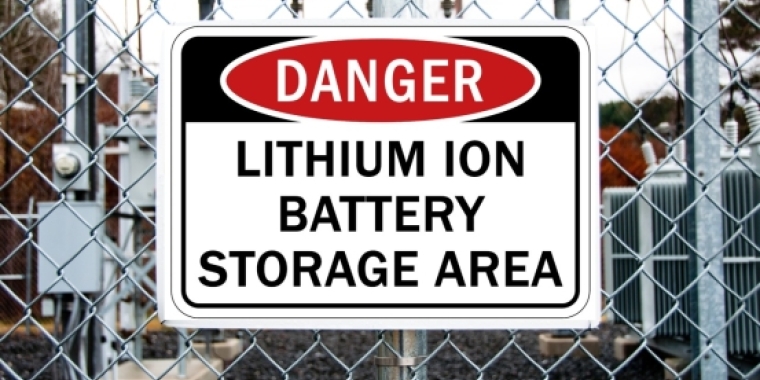
SENATE REPUBLICANS UNVEIL PLAN TO CREATE A MORE AFFORDABLE NEW YORK
February 13, 2023
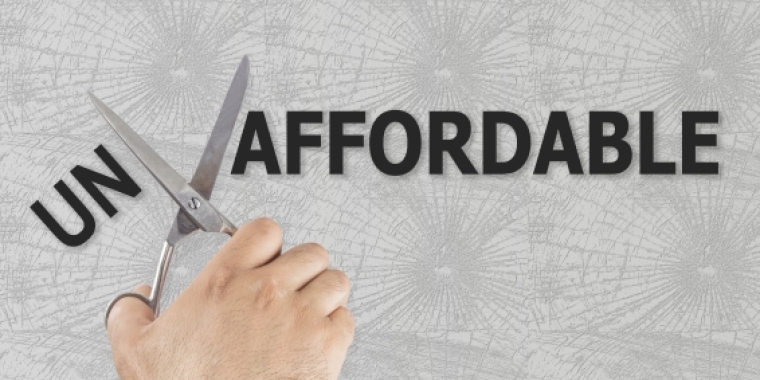
SENATE & ASSEMBLY REPUBLICANS UNVEIL PLAN TO CREATE A SAFER NY
January 23, 2023

